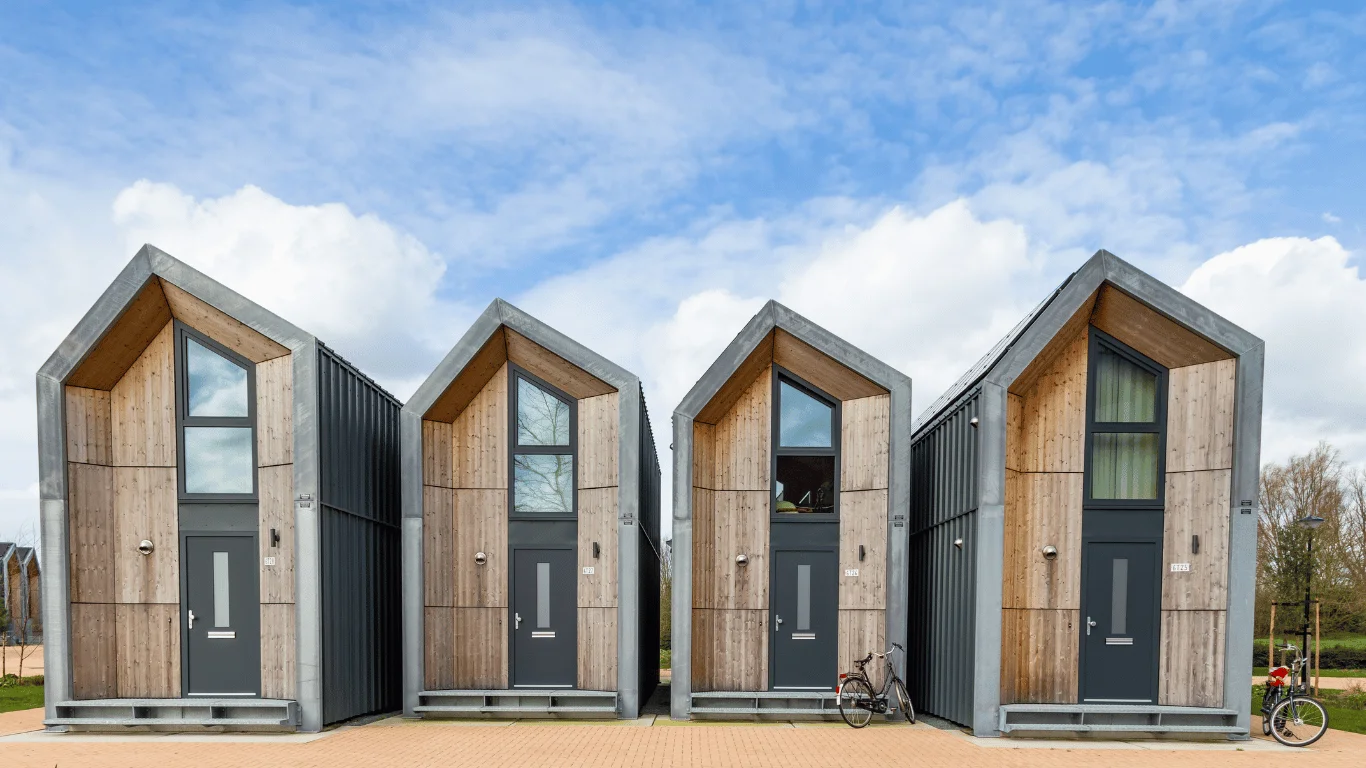In recent years, Canada has witnessed a surge in the Tiny Homes Movement, mirroring a global inclination towards downsizing and embracing a simpler way of life. This shift is fueled by various factors, including affordability, sustainability, and the desire for a minimalist lifestyle. As real estate prices skyrocket in urban centers, many are turning to tiny homes as a financially viable alternative.
Tiny homes, typically defined as structures under 500 square feet, stand in stark contrast to the average Canadian home size, which averages around 1,948 square feet. Beyond cost reduction, the compact nature of these dwellings fosters a lifestyle marked by reduced clutter and a more profound connection to the outdoors.
Affordability takes center stage in the allure of tiny homes. With home prices in cities like Vancouver and Toronto reaching staggering heights, the financial feasibility of tiny homes is compelling. Lower purchasing costs, decreased maintenance expenses, and the potential for mobility offer an attractive departure from traditional homeownership.
Sustainability is a pivotal driver behind the Tiny Homes Movement in Canada. Tiny homes boast a smaller carbon footprint thanks to reduced energy requirements for heating, cooling, and other utilities. Furthermore, many tiny homes are constructed using eco-friendly materials and integrate renewable energy sources like solar panels, enhancing their green appeal.
The Canadian real estate landscape is experiencing the reverberations of this movement. With the escalating demand for tiny homes, there’s a parallel surge in interest concerning zoning laws and regulations tailored to accommodate this unique form of housing. Municipalities are adapting zoning codes, and developers are exploring tiny home communities as a viable housing solution.
Beyond reshaping the housing market, the Tiny Homes Movement is driving innovation in real estate and construction. New designs and technologies are emerging, aiming to optimize space efficiency and functionality in tiny homes. This trend showcases a blend of creativity and practicality, reflecting a commitment to pushing the boundaries of compact living.
This trend towards compact living isn’t a passing fad. Instead, it mirrors the evolution of homeowner preferences and responds to the prevailing conditions in the Canadian real estate market. As the Tiny Homes Movement gains momentum, it is not merely transforming perceptions of homeownership and community but potentially reshaping the broader Canadian real estate landscape.


Be First to Comment